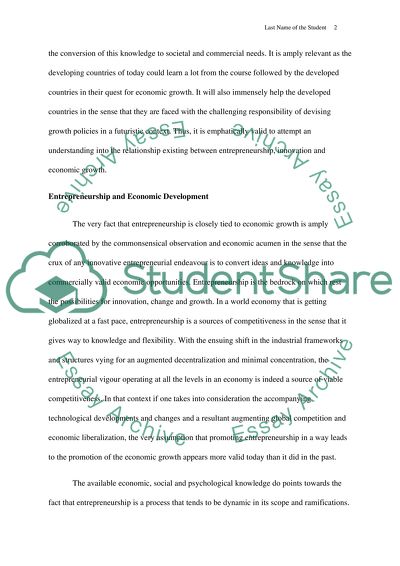Cite this document
(“Relationship between Entrepreneurship, Innovation and Economic Essay - 2”, n.d.)
Retrieved from https://studentshare.org/finance-accounting/1437912-relationship-between-entrepreneurship-innovation-and-economic-development
Retrieved from https://studentshare.org/finance-accounting/1437912-relationship-between-entrepreneurship-innovation-and-economic-development
(Relationship Between Entrepreneurship, Innovation and Economic Essay - 2)
https://studentshare.org/finance-accounting/1437912-relationship-between-entrepreneurship-innovation-and-economic-development.
https://studentshare.org/finance-accounting/1437912-relationship-between-entrepreneurship-innovation-and-economic-development.
“Relationship Between Entrepreneurship, Innovation and Economic Essay - 2”, n.d. https://studentshare.org/finance-accounting/1437912-relationship-between-entrepreneurship-innovation-and-economic-development.


